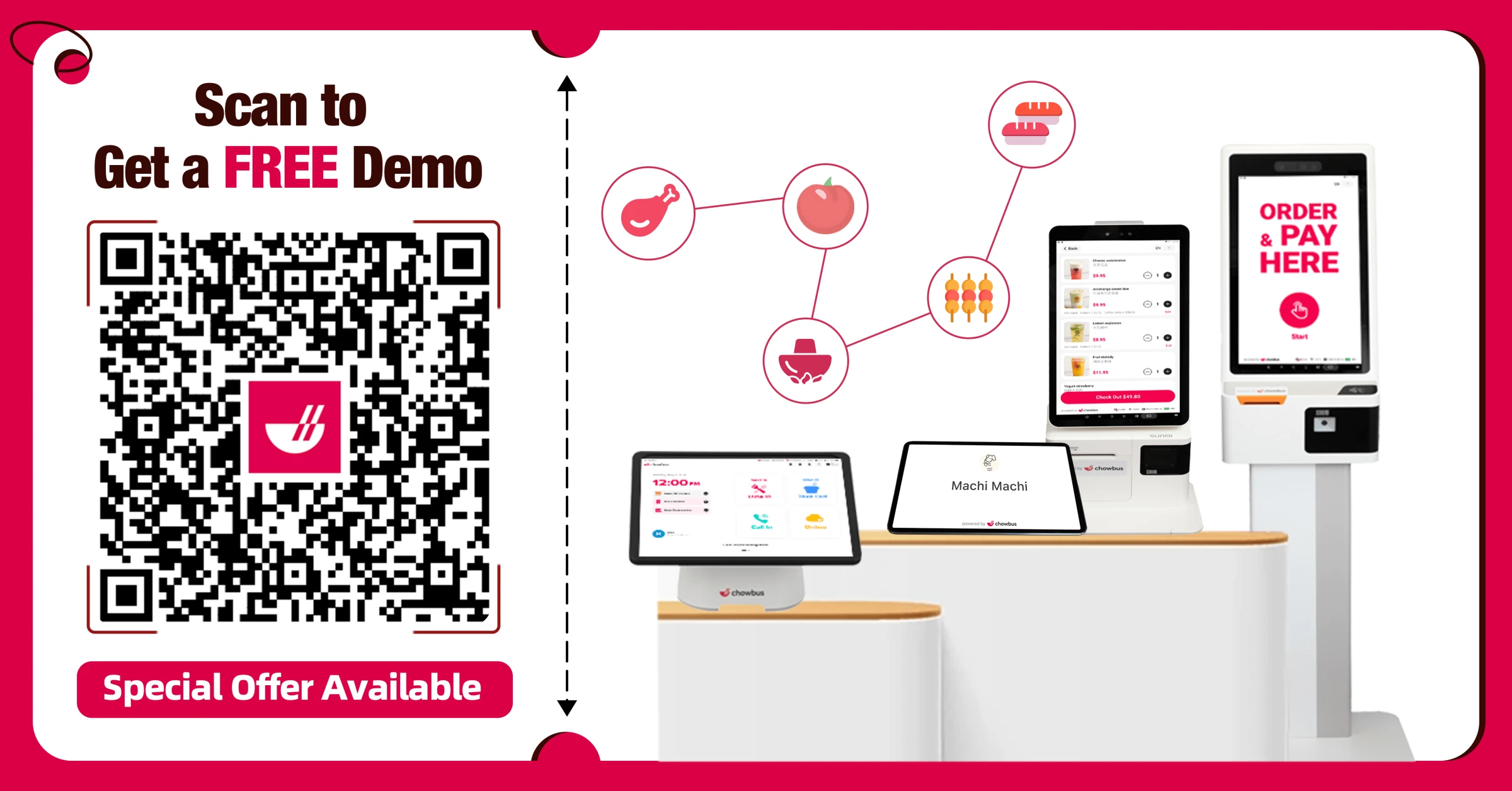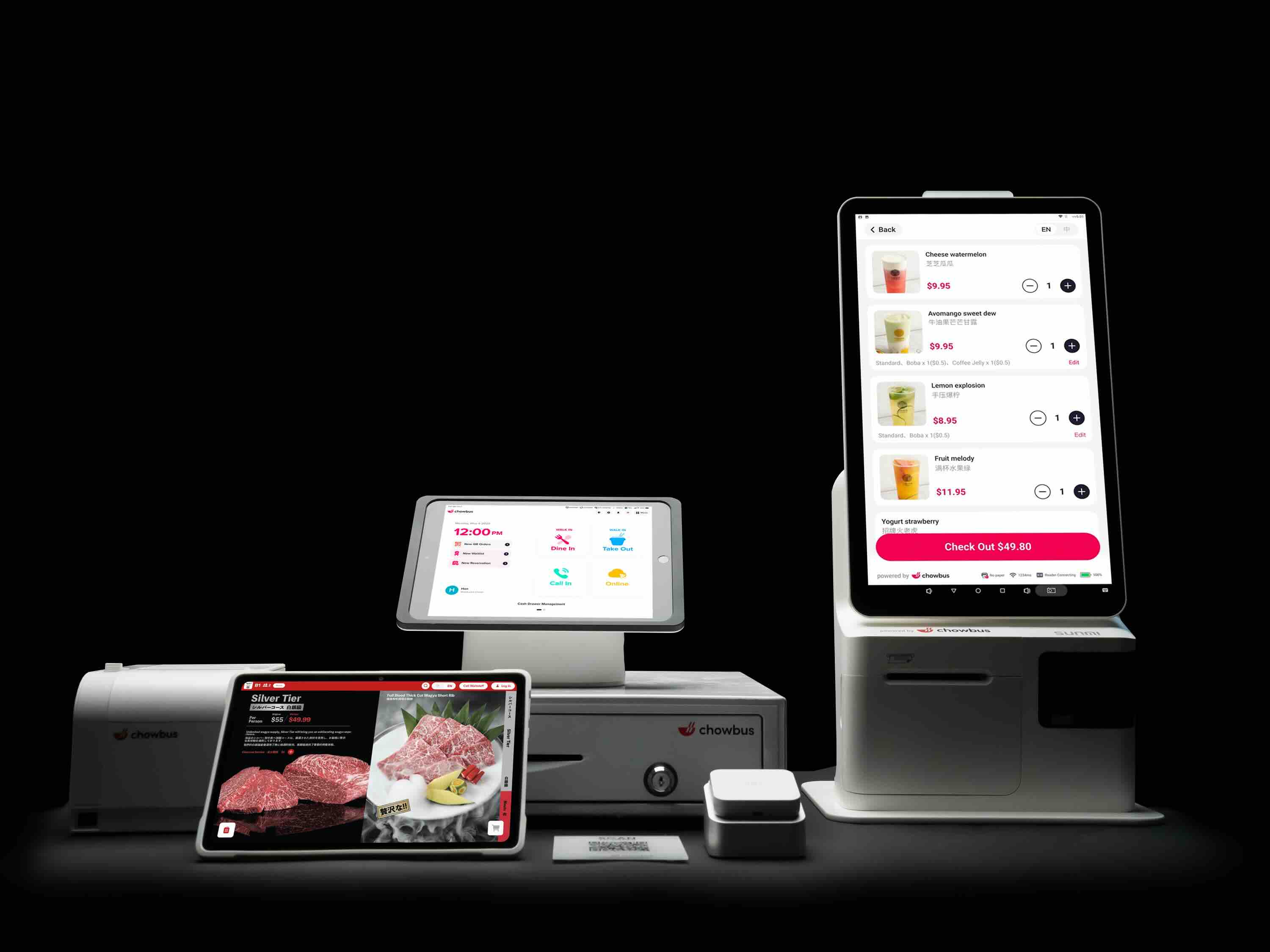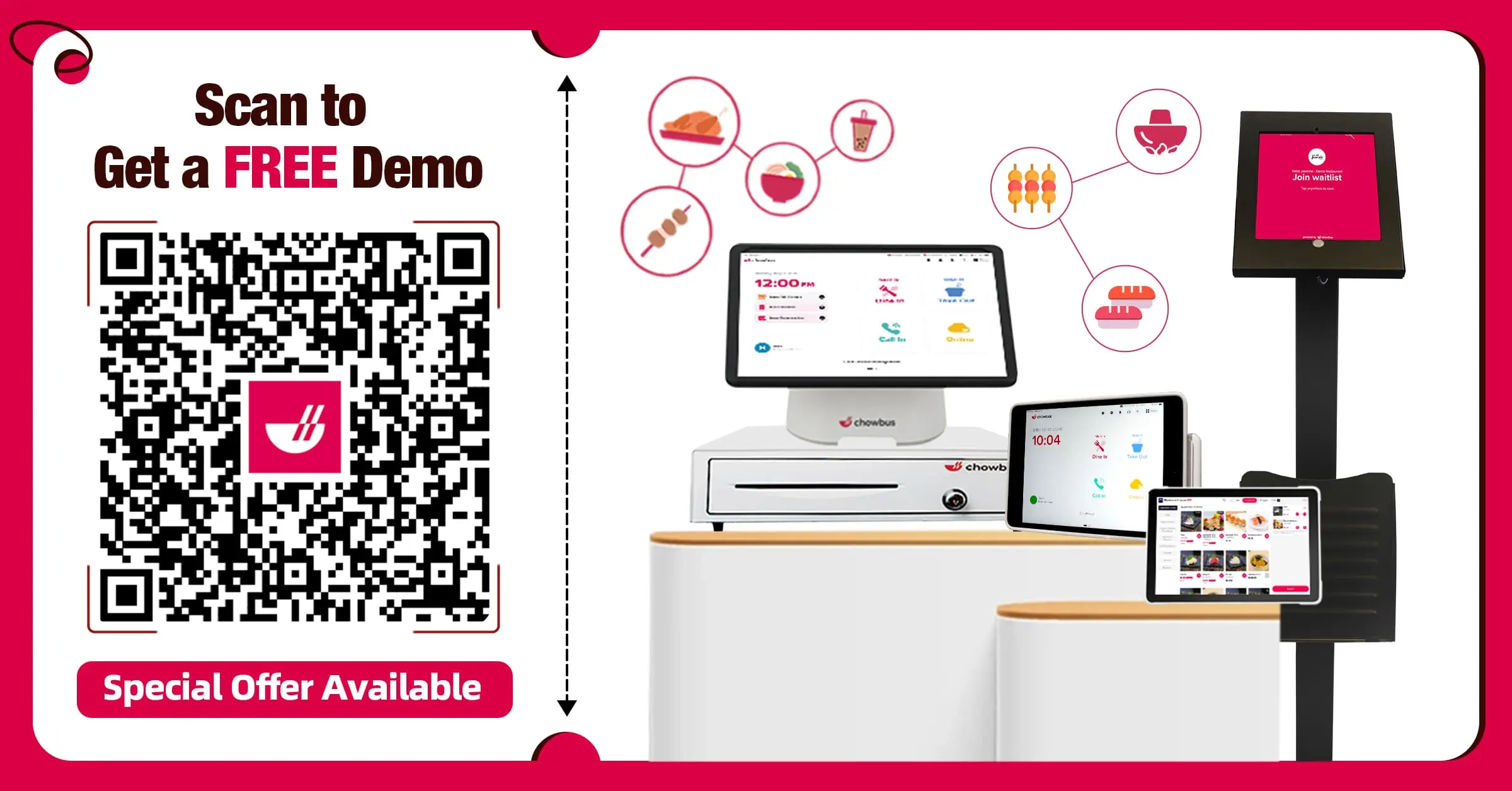POS Reporting Explained: What is a POS Report & How it Works

Struggling to track sales, inventory, and staff performance across your restaurant locations? You’re not alone. Many operators juggle multiple systems, spreadsheets, and guesswork—when all of that could be replaced with clear, reliable insights.
POS reporting helps turn daily activity into organized, useful data. It gives you visibility into what’s selling, how your team is performing, and where your money’s going. With the right reports, you can make faster decisions, cut waste, and run a more efficient operation—whether you’re reviewing labor hours, checking stock levels, or comparing sales across locations.
In this blog, you’ll learn what a POS report is, which reports matter most, how POS sales reports work, and what to look for in a system that can support your goals.

What is a POS Report?
A POS (Point of Sale) report is a data summary generated by your POS system that shows key performance metrics for your restaurant. These reports can cover everything from daily sales and top-selling menu items to labor costs and inventory levels.
For example, a typical POS report might show:
Total sales by day, week, or month
Sales broken down by item or category
Payment types (credit card, cash, mobile pay)
Discounts or voids
Server performance
Understanding what is a POS report allows restaurant operators and managers to monitor performance in real time and spot trends that can improve efficiency and profitability.
Common Types of POS Reports
A modern POS system gives you access to reports that help you track sales, manage staff, control inventory, and understand your customers—all from one place. Here's a quick look at the reports worth checking regularly.
1. Sales Reports
Track total revenue, daily performance, and sales by item, category, or shift. These reports show what’s selling, when, and where. Use them to spot high-performing items, adjust pricing, or staff up during busy hours.
2. Payment Reports
See how customers prefer to pay—credit, debit, cash, or digital wallets. Compare payment methods across locations and track processing fees, refunds, and chargebacks. These reports help you manage costs and fine-tune checkout options.
3. Employee Reports
Monitor hours worked, sales by staff members, and tip distribution. Spot top performers, reduce unnecessary labor costs, and flag unusual activity like frequent voids or item deletions.
4. Inventory Reports
Keep track of what’s in stock, what’s running low, and what’s not selling. See cost of goods sold and profit margins by item. Use this data to tighten ordering, reduce waste, and plan your menu more effectively.
5. Customer Reports
Get insights into guest behavior, order history, and loyalty activity. These reports help you personalize marketing, identify regulars, and increase repeat visits with offers that match customer preferences.
6. Labor Reports
Break down total labor costs by day, week, or employee. Compare labor to sales and adjust schedules based on performance. This report helps keep payroll aligned with revenue.
7. Location Reports (for multi-units)
Compare key metrics across multiple stores. Spot underperforming locations, identify operational differences, and keep performance consistent across the board.
Each of these reports helps you run smarter, faster, and leaner—without guessing. When used consistently, they turn daily activity into decisions that grow revenue and cut waste.
How Does a POS Sales Report Work?
Understanding how a POS sales report functions helps reveal its value as a practical tool for driving your restaurant’s growth. Let's break down the process into three essential stages: data collection, data processing, and data presentation. Each step captures the full details of every transaction and turns that data into actionable insights you can use to run your business more effectively.
1. Data Collection
Every swipe, tap, or cash exchange at your POS terminal is captured in real time. Modern POS systems are equipped to record each transaction detail, from the item sold to any applied discounts or coupons. For instance, when a customer buys a meal and uses a promotional discount, the POS system logs the original price, the discounted amount, and the final sale price, along with the time and method of payment. This ensures that every piece of data is meticulously collected, providing a reliable basis for accurate reporting.
2. Data Processing
Once the data is collected, the POS system sorts and categorizes each element. It organizes sales by various criteria, such as item type, payment method, or the employee who made the sale. This categorization is essential for filtering the vast amount of data into structured segments.
For example, if you want to assess the performance of a new menu item, the system can instantly display all sales related to that item, sorted by day or shift, allowing you to quickly gauge its success.
3. Data Presentation
The final step is all about turning the processed data into visual reports that are easy to understand at a glance. These reports can display sales trends, identify top-selling items, and breakdown revenue across different periods. Managers can access customized dashboards that highlight key performance indicators, like total revenue per day or the average customer spend. This instant access to organized data helps you make informed decisions swiftly, such as adjusting the menu or scheduling staff more effectively based on busy periods.
By understanding these three core processes, you can leverage POS sales reports to not only track daily sales but also refine your operational strategies, ultimately enhancing your restaurant's efficiency and profitability.
Key Benefits of POS Reporting for Restaurants
POS reporting gives you a clear, organized view of what’s happening across your business. With accurate, up-to-date data, you can stop guessing and start making smarter decisions.
Track Sales in Real Time - Get instant access to sales data by day, shift, or item. See what’s selling, what’s not, and when your busiest hours hit. This helps you adjust staffing, refine menus, and catch trends early.
Control Inventory with Less Waste - Know exactly what’s in stock, what’s running low, and which items move slowly. Use this data to reduce waste, avoid over-ordering, and keep your best-sellers available at all times.
Make Labor Management Easier - View employee hours, sales performance, and tip distribution in one place. Spot staffing issues, identify top performers, and use data to build more efficient schedules.
Compare Performance Across Locations - If you run multiple sites, consistent reporting helps you measure and compare key metrics across each location. You can pinpoint high-performing stores and see where support is needed.
Identify Discounts, Voids, and Refund Trends - Review exceptions by staff member or shift. This helps flag training issues or potential abuse before they start impacting your bottom line.
Understand How Guests Spend - Track order history, visit frequency, and loyalty engagement. Use those insights to create more relevant promotions and reward your most loyal customers.
Access Insights Anytime, Anywhere - With cloud-based systems, you can check reports on your phone, tablet, or laptop—no matter where you are. That flexibility lets you stay on top of performance without being stuck in the office.
POS reporting isn’t just about looking back—it’s about making better decisions moving forward.
Best Practices for Using POS Reports
Leveraging POS reports effectively can transform the way you manage your restaurant. Here are some proven practices to ensure you're not just collecting data, but using it to make smarter business decisions.
Set Specific Goals: Before diving into the data, define what you want to achieve. Do you need to reduce food waste, increase average order size, or improve staff productivity? Setting clear, measurable goals helps focus your analysis and drive meaningful changes.
Consistent Review Schedule: Make it a habit to check reports regularly. Whether it's daily sales after closing or weekly inventory every Monday, a routine ensures you don't miss critical insights that could improve your operations.
Use Data for Staff Training and Incentives: POS reports can highlight top performers and pinpoint areas where staff may need more training. Use this information to guide coaching sessions and set up incentive programs that motivate staff to meet targets.
Integrate and Automate: If your POS system can integrate with other tools like scheduling software or inventory management systems, set up those integrations. Automating data flow across platforms can provide a more comprehensive view of your business and save time.
Act on the Insights: Data is only as useful as the actions it inspires. For instance, if your sales reports show a dip in lunch sales, consider launching a special promotion or updating the menu to attract more customers during those hours.
Keep It Simple: While it’s tempting to track every possible metric, focus on the data that directly impacts your key goals. Overloading on information can lead to confusion and indecision.
Implementing these practices will help you harness the full potential of your POS system, ensuring it's a tool that supports active, informed management rather than just a passive data collector.

Modern POS Reporting vs. Legacy Systems
When it comes to POS reporting, the differences between modern systems and legacy systems are stark. Modern POS systems offer advantages that can transform how you operate daily. Here’s a quick breakdown to help you understand what sets them apart and why it matters for your business.
Accessibility and Integration
Modern POS systems are cloud-based, meaning you can access your data from anywhere, whether at home, on vacation, or at another location. This is not just convenient. It’s a game-changer for multi-location operations. In contrast, legacy systems often require you to be on-site to access reports, tethering you to the physical location of your registers.
Real-Time Data
With a modern POS, you see what’s happening as it happens. Sales data, inventory levels, and labor metrics update in real-time, allowing you to make informed decisions on the fly. Legacy systems are usually delayed, as they often run on batch updates, which means you sometimes make decisions based on yesterday’s data.
Customization and Scalability
Modern systems are built to scale with your business. They can be easily customized to suit your specific needs, whether you're adding new menu items, promoting seasonal offers, or expanding to new locations. Legacy systems can be rigid, often requiring costly and time-consuming updates to make similar changes.
Maintenance and Support
Cloud-based POS systems typically come with ongoing support and updates that keep your technology current without disrupting your business. This is crucial for security and efficiency. On the other hand, legacy systems can require manual updates and might involve downtime or additional costs for maintenance.
User Experience
Modern POS systems focus on user-friendly interfaces that require less training, helping your team adapt quickly and reduce errors. Legacy systems often have complex interfaces that can be challenging to navigate, especially for new staff members.
Upgrading to a modern POS system could significantly streamline how you manage sales, track inventory, and analyze business performance. If you're looking to enhance operational efficiency and gain actionable insights through advanced POS reporting, it's worth considering a switch from a legacy system.
6 Common Mistakes to Avoid in POS Reporting
Mistakes in POS reporting can lead to missed opportunities, wasted time, and poor decisions. The good news? Most of them are easy to fix once you know what to watch for.
Skipping regular report reviews - Checking reports only once in a while makes it harder to spot trends or catch issues early. Set a consistent schedule—daily, weekly, or by shift—to stay informed and in control.
Ignoring exceptions like voids and discounts - Voids, refunds, and discounts can highlight staff training needs or even fraud. Skimming over these numbers means missing signs that something’s off during service.
Using outdated or misconfigured settings - If your menu items, categories, or employee roles aren’t updated in your POS, the reports won’t reflect what’s really happening. Keep everything current to avoid confusion or misleading data.
Overloading reports with too much data - More isn’t always better. Loading dashboards with unnecessary metrics can hide the numbers that actually matter. Focus on a few key reports tied to your goals, like sales trends, labor cost, or inventory movement.
Not training staff on accurate data entry - If staff skip steps or enter incorrect info at the POS, your reports won’t be reliable. Make sure team members understand the impact of their input—from clock-ins to comped items.
Failing to act on insights - Running reports without taking action defeats the purpose. If the data shows overstaffing during lunch or a drop in sales for a top item, use it. Adjust the schedule, update the menu, or run a promotion.
Avoiding these reporting pitfalls helps you get more value from your POS and make smarter, faster decisions across every shift.
Choosing a POS System with Strong Reporting Capabilities
Selecting the right POS system is more than just a technical decision. It's a strategic move that directly impacts your ability to manage and grow your business efficiently. Here’s what to focus on when evaluating POS systems for strong reporting capabilities:
Real-Time Data Access
Opt for a POS that offers real-time data updates. This feature allows you to see what’s happening at the moment—not hours later. You can track sales as they happen, monitor inventory levels before they become a problem, and make staffing adjustments on the fly.
Comprehensive Customization
A strong POS system should let you customize reports to fit your specific needs. Whether you’re analyzing sales trends or managing payroll, the ability to tailor reports ensures you see only the relevant data. This cuts down on time spent sifting through irrelevant information and lets you focus on what truly matters.
User-Friendly Interface
Look for a system that offers a clean, intuitive interface. This makes it easier for you and your staff to navigate the system efficiently, ensuring everyone can find and use the features they need without extensive training.
Scalability
As your business grows, your POS system should grow with you. A scalable system can handle an increase in transactions, more extensive inventory, and additional locations without lagging or becoming too complex to manage.
Integration Capabilities
Your POS should seamlessly integrate with other tools and platforms you use, such as accounting software, employee scheduling, and customer relationship management systems. Effective integration eliminates the need to manually transfer data between systems, reducing errors and saving time.
Security Features
Data security is paramount. Ensure the POS system you choose has robust security measures in place to protect your business and customer data. Encrypted transactions, secure cloud storage, and user access controls are essential features that help keep your information safe.
Support and Training
Finally, a good POS system comes with excellent customer support and training resources. This ensures you can get help when you need it and that your team can make the most of the system’s capabilities.
By focusing on these key features, you can choose a POS system that not only meets your current needs but also supports your future growth and success. Remember, the goal is to make your operations smoother, so take the time to find a solution that works effectively for your setup.
Conclusion
POS reporting turns your everyday transactions into useful insights that help you take control of your operations. Whether you’re reviewing sales, tracking inventory, managing labor, or comparing performance across multiple locations, the right reports give you the clarity to make decisions that improve efficiency and drive growth. Staying on top of your data helps you reduce waste, streamline staffing, and deliver a better customer experience—all without adding more work to your plate.
If you’re ready to work smarter with your restaurant data, Chowbus POS can help. Our all-in-one, cloud-based system gives you access to real-time sales, labor, inventory, and customer reports—anytime, anywhere. Easily manage scheduling, automate tip tracking, simplify payroll, and monitor key metrics like refunds, discounts, and payment methods from a single dashboard.
See how real-time POS reporting can transform your operations.

Frequently Asked Questions About POS Reporting
Have questions about how POS reporting can help streamline your operations and boost profitability? This FAQ covers the most common terms and concepts to help you make smarter, data-driven decisions across your restaurant or franchise.
What is a POS Z Report?
A POS Z report is a daily sales summary that closes out transactions, resets the system’s counters, and provides a final record of sales, taxes, and payment methods for the day. Businesses use it to reconcile cash, track performance, and ensure accurate financial reporting.
What is POS in an Audit Report?
In an audit report, POS (Point of Sale) refers to systems handling sales transactions. Auditors review POS records to verify accuracy, detect discrepancies, and ensure compliance with financial controls and reporting standards.
What Does POS Report Mean?
A POS (Point of Sale) report summarizes sales, inventory, and transaction data collected at checkout systems. It helps businesses track real-time performance, manage stock levels, and identify customer buying trends to optimize operations and revenue.
What Does POS Mean On Credit Report?
POS on a credit report stands for "Point of Sale." It refers to transactions made using a debit or credit card at a physical or online location. These entries show where and when purchases were made, helping to track spending activity.
What are POS Records?
POS records are the data captured by a point-of-sale system during sales transactions. They include details like items sold, prices, payment methods, employee activity, and timestamps. Businesses use POS records to track sales, manage inventory, and analyze performance.
Check out the blog section for more insights and updates on enhancing operations and increasing revenue.

Recommended Articles: